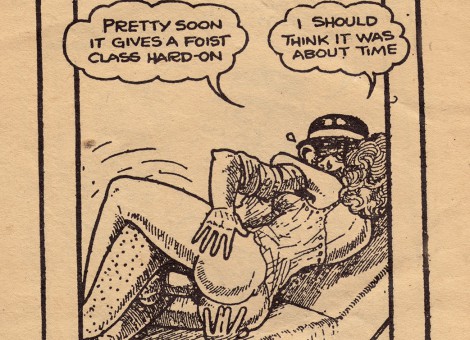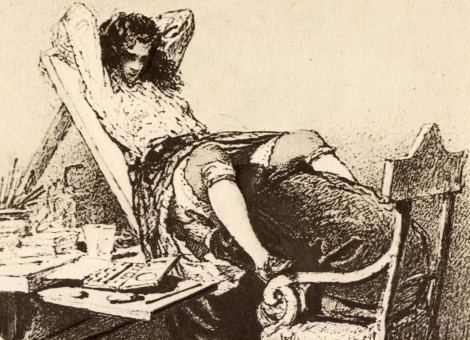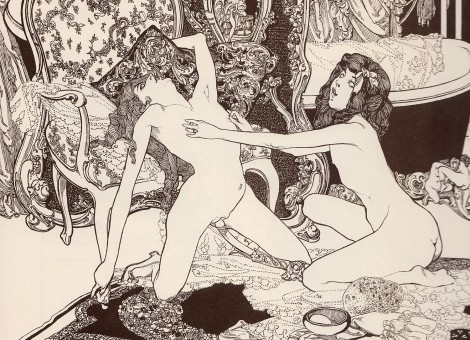
I Modi (in English, "The Ways") is a series of Italian engravings originally dating to the early 1500s, depicting figures from Greek/Roman mythology getting it on in various fashions. Gods fuck mortals (what else is new?), satyrs gambol with nymphs, it's all very idyllic. The origin of these pieces is slightly convoluted - the original engravings were created by Marcantonio Raimondi, based on a series of erotic paintings by Giulio Romano for the Duke of Mantua. Raimondi was thrown in jail by Pope Clement VII and all known copies were destroyed, but shortly thereafter the famous author & poet & notorious cultural gadfly Pietro Aretino both secured his release (Pope Clement, a Medici, was Aretino's patron before his elevation to godliness) and composed a series of sexually explicit sonnets to accompany the artwork. Thus the series is sometimes known as Aretino's Postures. I Modi was then published a second time with new artwork, but again most copies were destroyed though Raimondi avoided prison this time around. At least one copy must have survived this purge however, because a few years later a newer edition was released - this time with copied artwork most likely by printmaker Agostino Carracci (not to be confused with his more famous brother Annibale Carracci). This is the edition known today and pictured here (see note below however). Got it? Quiz tomorrow. It's notable for being perhaps the first Western European work combining both explicit erotic images and text together - essentially the first XXX magazine. In many ways a cultural landmark, and made possible via the humanist and liberal aspects of the Italian Renaissance, which made room for a tiny but occasionally tolerated libertine streak even in the seat of Catholic power. The classical & mythological subjects were intended to cloak the series with a veneer of academic respectability, but it's still pretty explicit stuff - very telling that well-known artists were able to produce it and (some persecution aside) still maintain their careers. Renaissance Europe was a complex place. Note: We're still trying to place the exact provenance of these images. There have been many versions of the series produced in the intervening centuries, and this might be a more recent copy from the 1700s or 1800s. Will update if we find anything specific.
|
|
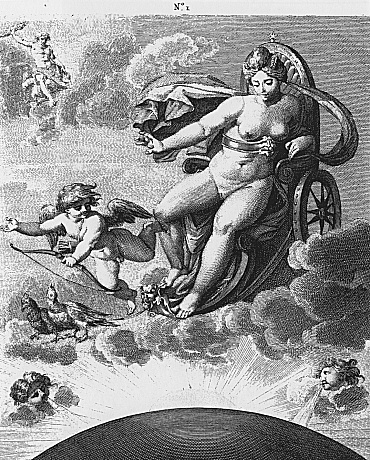
|
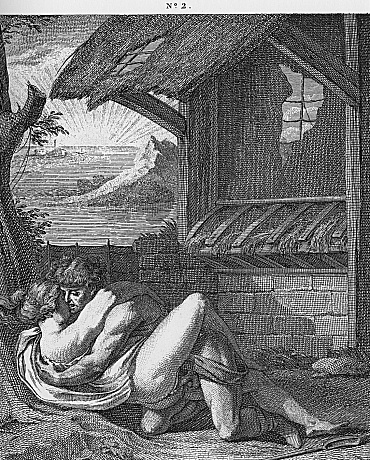
|
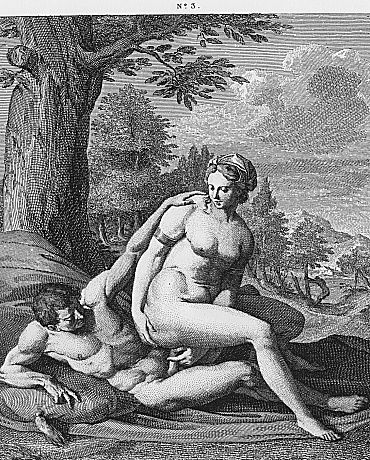
|

|
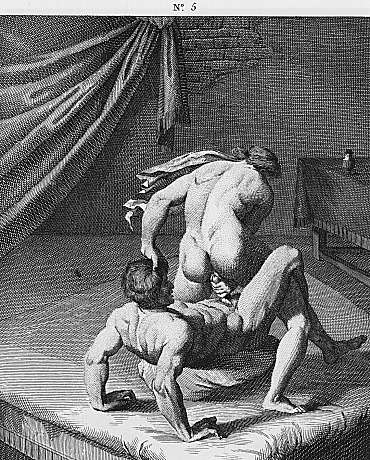
|

|
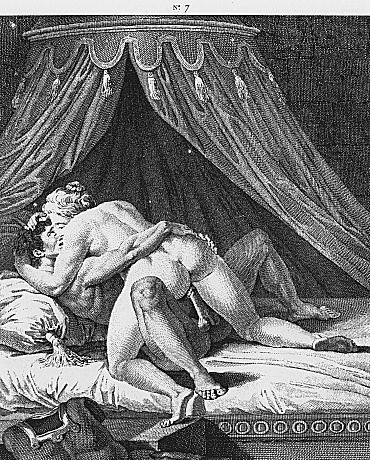
|
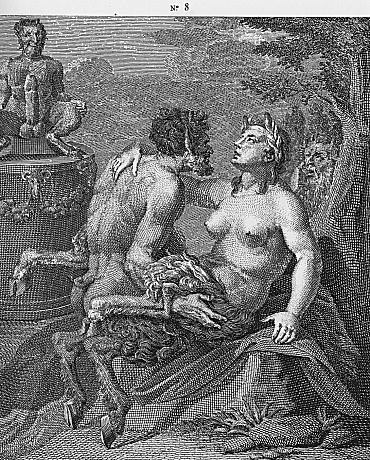
|
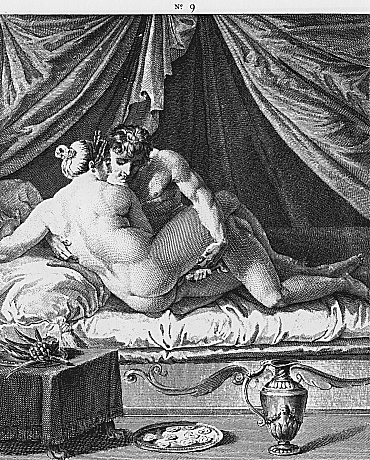
|
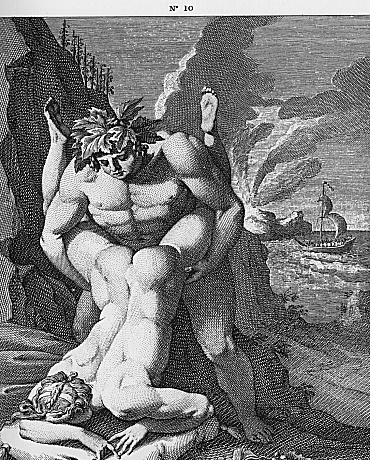
|
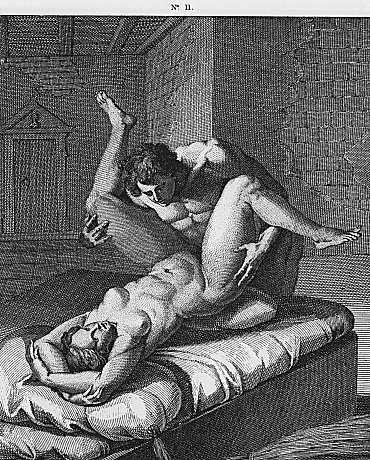
|
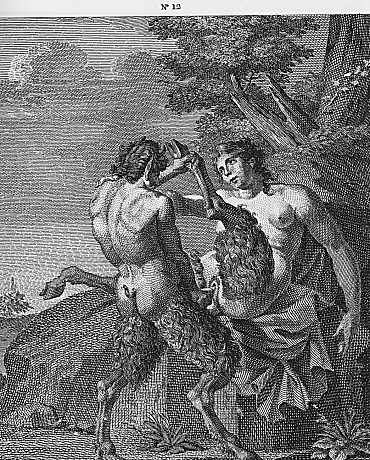
|
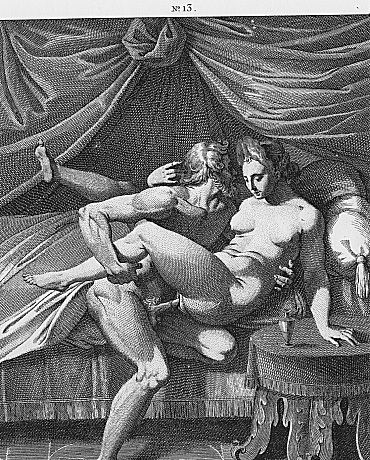
|

|
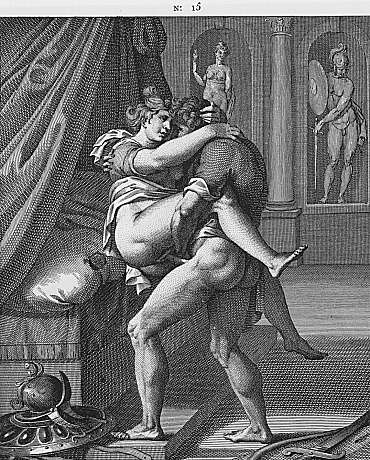
|
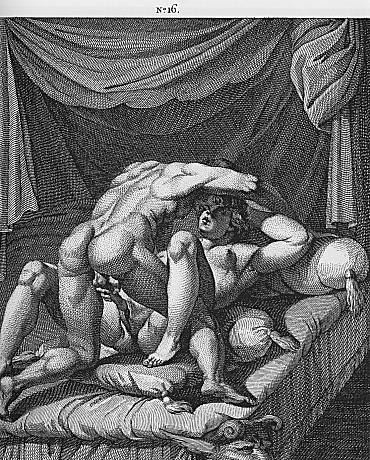
|
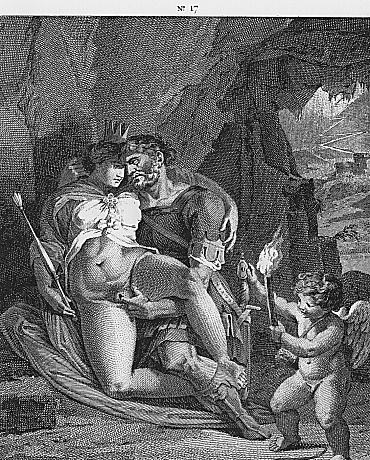
|
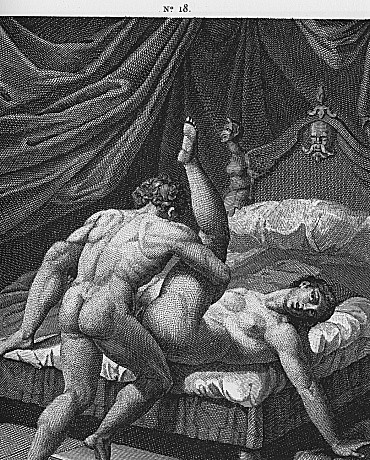
|
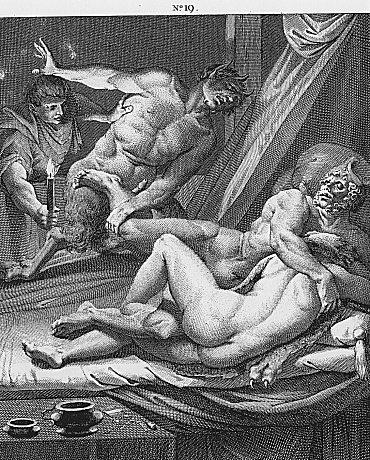
|
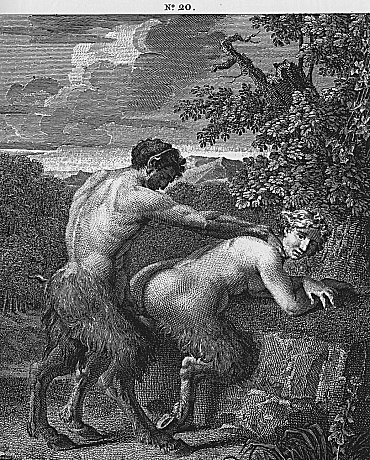
|
|
|
|
|
||||||||||||||||||||||||||||||||||||||||
